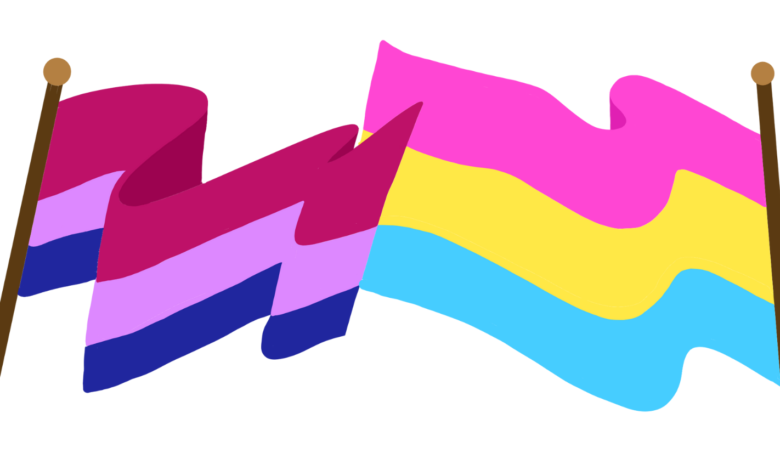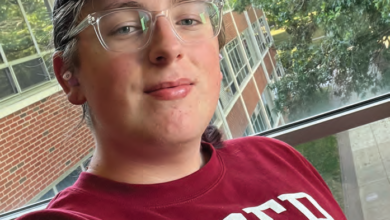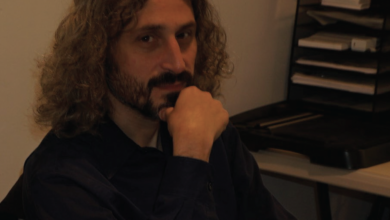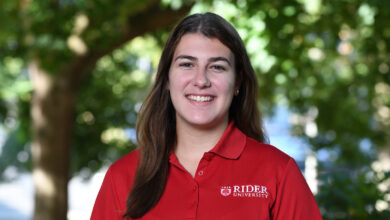
A spectrum: bisexuality and pansexuality awareness
By Bridget Gum-Egan
The word “spectrum” is frequently used when discussing things like gender and sexuality within the LGBTQIA+ community. In this context, the term illustrates that both gender and sexuality can be fluid, adjustable and specific to the individual. While the LGBTQIA+ community and its allies might be aware of this concept, many people outside of the community are not.
Like many people, my journey exploring my sexuality was confusing, and oftentimes I couldn’t exactly pinpoint what I felt. That was until I knew of pansexuality.
Pansexuality means that I like all people, regardless of their sex or gender. Essentially, the prefix “pan-” means “all,” and, unlike bisexuality, it does not limit a person to liking the two binary genders: male and female.
Once I became aware of this terminology, I dove deep into research so I could better understand myself and my feelings. I have heard pansexuality described in many ways. For example, in “Schitt’s Creek,” David explains his pansexuality in terms of wine, saying that he’s interested in the wine, not the bottle. Ola, a character from “Sex Education,” explains that she is attracted to a person, not any particular gender.
While these explanations helped me understand myself and feel represented, my research also opened my eyes to the prejudice that people who identify as bisexual or pansexual face.
Many people say that bisexual and pansexual people are promiscuous and that labeling them as bisexual or pansexual is just an excuse for their behavior. Comments like these are hurtful and homophobic. Much like being gay or transgender is out of a person’s control, so is being bisexual or pansexual.
Some people within the LGBTQIA+ community feel like pansexuality implies that bisexual people are transphobic since they don’t like all people. This is untrue. As I previously mentioned, sexuality is a spectrum. Even with labels to describe your sexuality like bisexuality or pansexuality, attraction and love are complex. They don’t often fit into a neat definition or set of rules. People just like who they like. Terms like bisexuality and pansexuality help some people identify themselves and better understand their own preferences, even though they can change.
There are many people who don’t even know what pansexuality is. Whenever I come out to someone, I almost immediately have to explain what pansexuality means. I always explain it the same way: I am attracted to people for both their physical appearance and their personality, not the sex or gender they may present or identify as. To me, those factors are irrelevant and I don’t have a preference for one gender over another.
While I think expressing myself and my experiences are important for a better understanding of the LGBTQIA+ community, everyone’s journey with their own gender and sexuality is unique to them. I can express my experience, but it won’t necessarily be applicable to everyone else’s experiences. The most important thing to understand is that love is love.
These labels can be helpful, but don’t let them limit you or your expression. Knowing yourself is challenging and can be daunting, but take your time and don’t stress about what group you may or may not belong to. You are a unique individual and your gender and sexuality will be just as unique.



